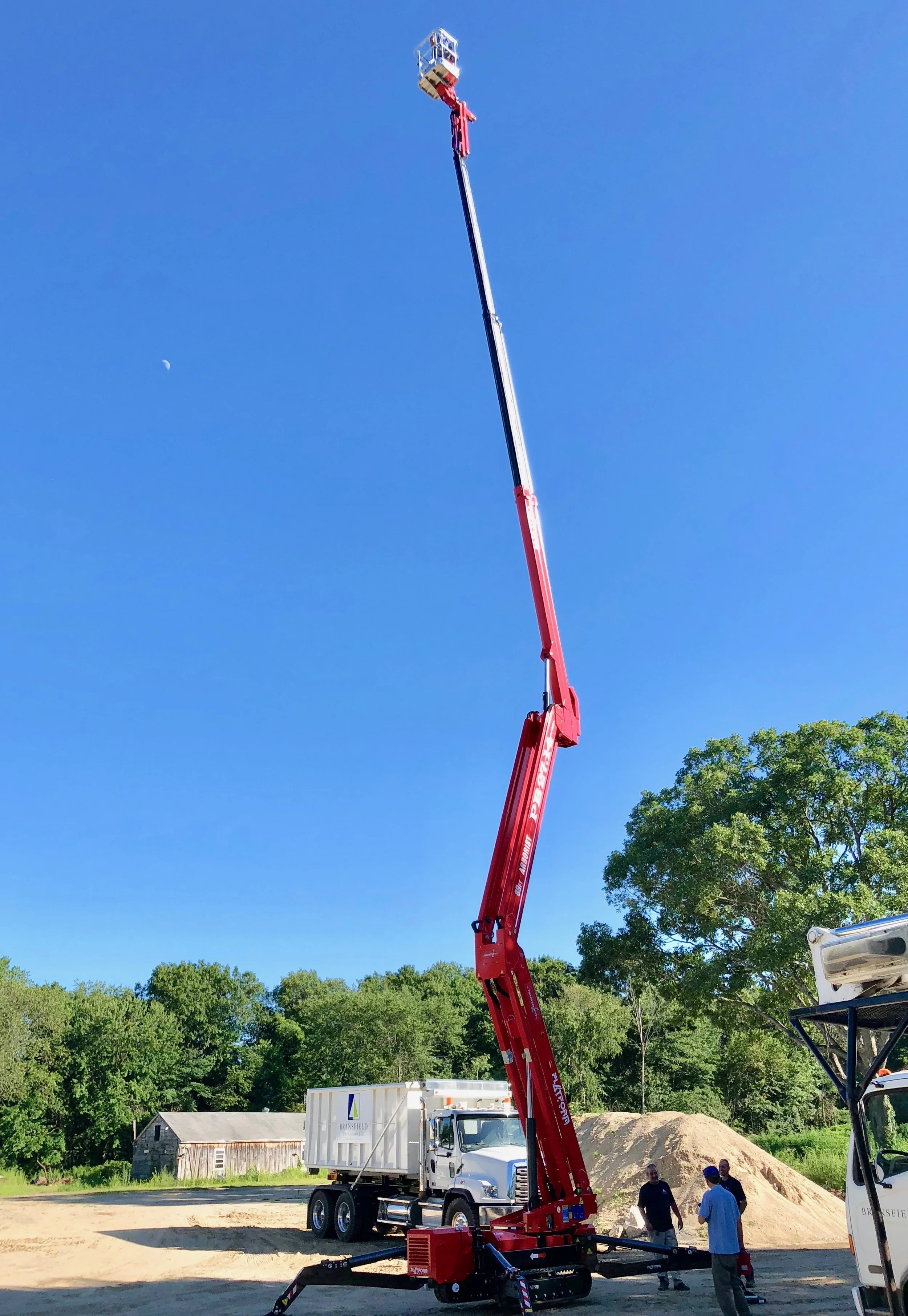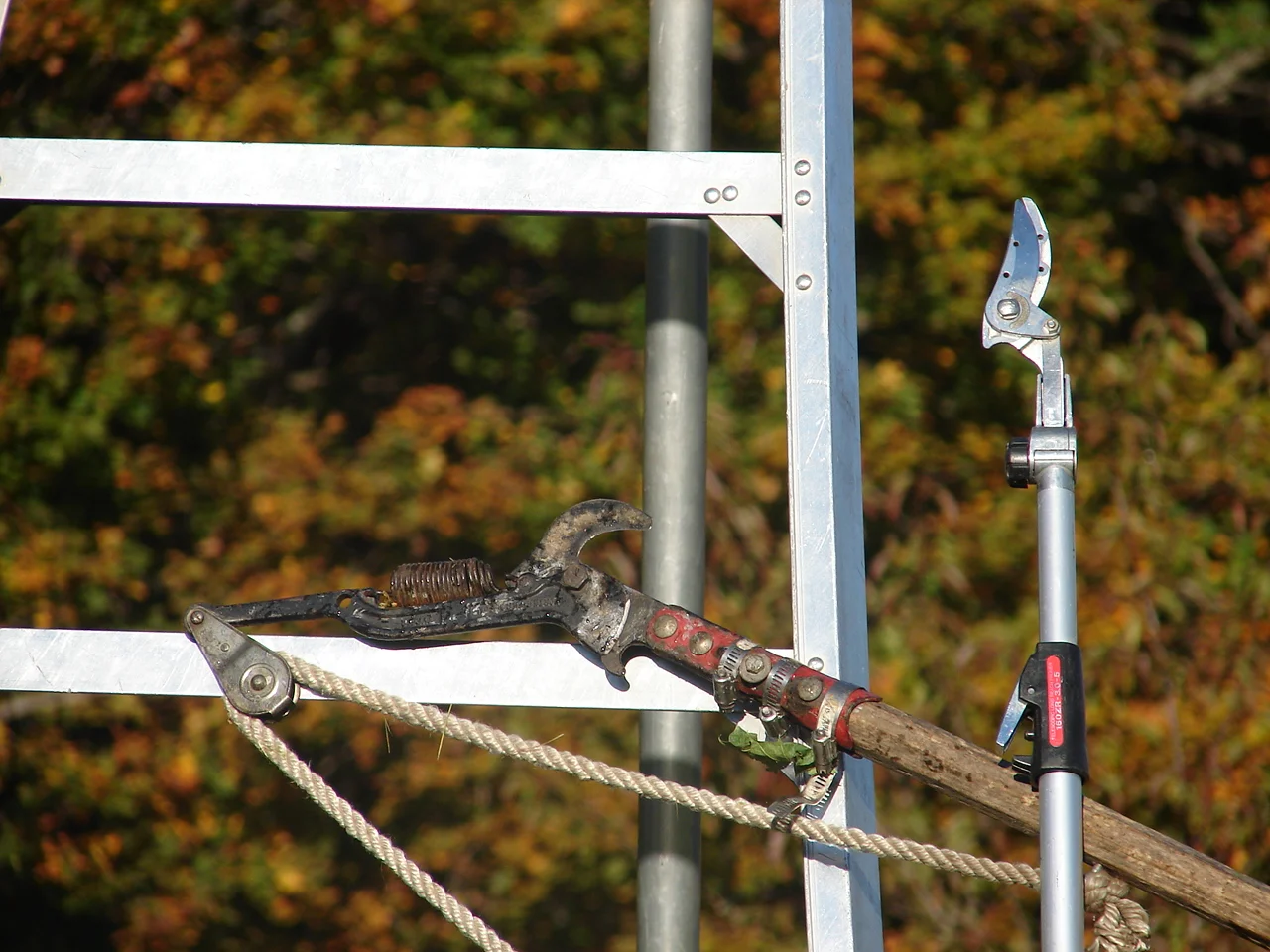
SAFETY
Safety is our first concern when assessing any tree. Limbs that are too long and vulnerable to breaking can be structurally improved by shortening. Deadwood and decay pockets need to be identified and addressed. Tall evergreen trees can be shortened to minimize windage forces and storm damage. The inherent hazards of having tall, massive trees in proximity to homes and outdoor usage areas and egress can be mitigated through thoughtful and judicious pruning.
STRUCTURE & CLEARANCE
Proper clearance from roofs, chimneys, and wires is essential for preserving both the infrastructures and the trees. Trees don’t have an off switch, they will grow into any open space available to them. It is our job to maintain good boundaries.
SIZE & SHAPE
Hedges, ornamental trees, and shrubs often outgrow the spaces in which they were installed. Keeping certain plants ‘tamed’ but still natural in appearance is an essential function of pruning so that there can be harmony between plants and design intent maintained. Size & Shape pruning minimizes storm damage potential by keeping plants from getting leggy and lanky.
Growth Stimulation
Generally applied to shrubs and smaller trees, rejuvenation pruning is the radical reduction or complete removal of top growth to stimulate newer, more vibrant, flowering growth. Combining with a soil fertility plan produces best results.





